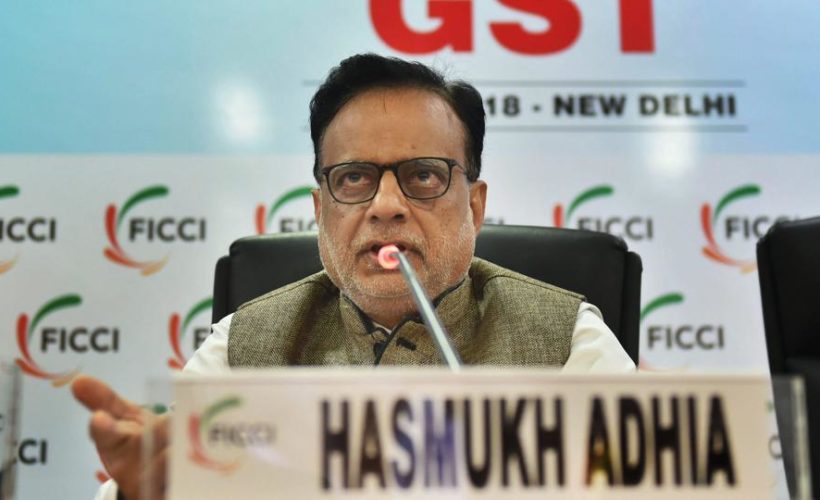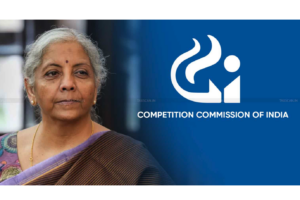
Amid demands of rationalisation of the GST rates and reduction in the number of tax slabs, the government on Friday acknowledged this was necessary but added it could not have implemented the landmark tax reform in any other form.
“In terms of simplification of rates and slabs, we do understand the need for it. But we did what was best possible in the given scenario,” Finance Secretary Hasmukh Adhia said at a session on ‘One year journey of GST’ organised by Ficci in New Delhi.
He said the government could not have done anything different while rolling out the Goods and Services Tax (GST). “Because we have to take care of revenue, societal concerns of economically poor sections and protect their products from taxation… So in the midst of all the imperfections that we have, we did what was best possible. But yes, certainly, we must move in the direction of something better than that,” Adhia said.
He said while a lot of people were critical of the GST in its current form, they forget the complex taxation system prevalent in India pre-GST.
“There are two kinds of people: those who focus on positives and others who always focus on negatives. They (the latter) talk about what is imperfect about GST rather than remembering what a change it has been…
“…With 17 different taxes and so many cesses, so much of compliance burden, different tax returns to be filed, cascading of taxation… everything going away in one day. Also the border check-posts going away,” Adhia said.
The Finance Secretary, however, acknowledged that there was still scope for betterment of the existing system, including to further simplify it, introduce a perfect single GST return per month and fully automate the refund process.
He said while the government took the plunge to roll-out the GST on July 1 2017, it was the industry which pushed the government as it had an unanimous view that the “GST is a must”.



